Home>Garden Essentials>Garden Plants>Why Is My Thyme Dying
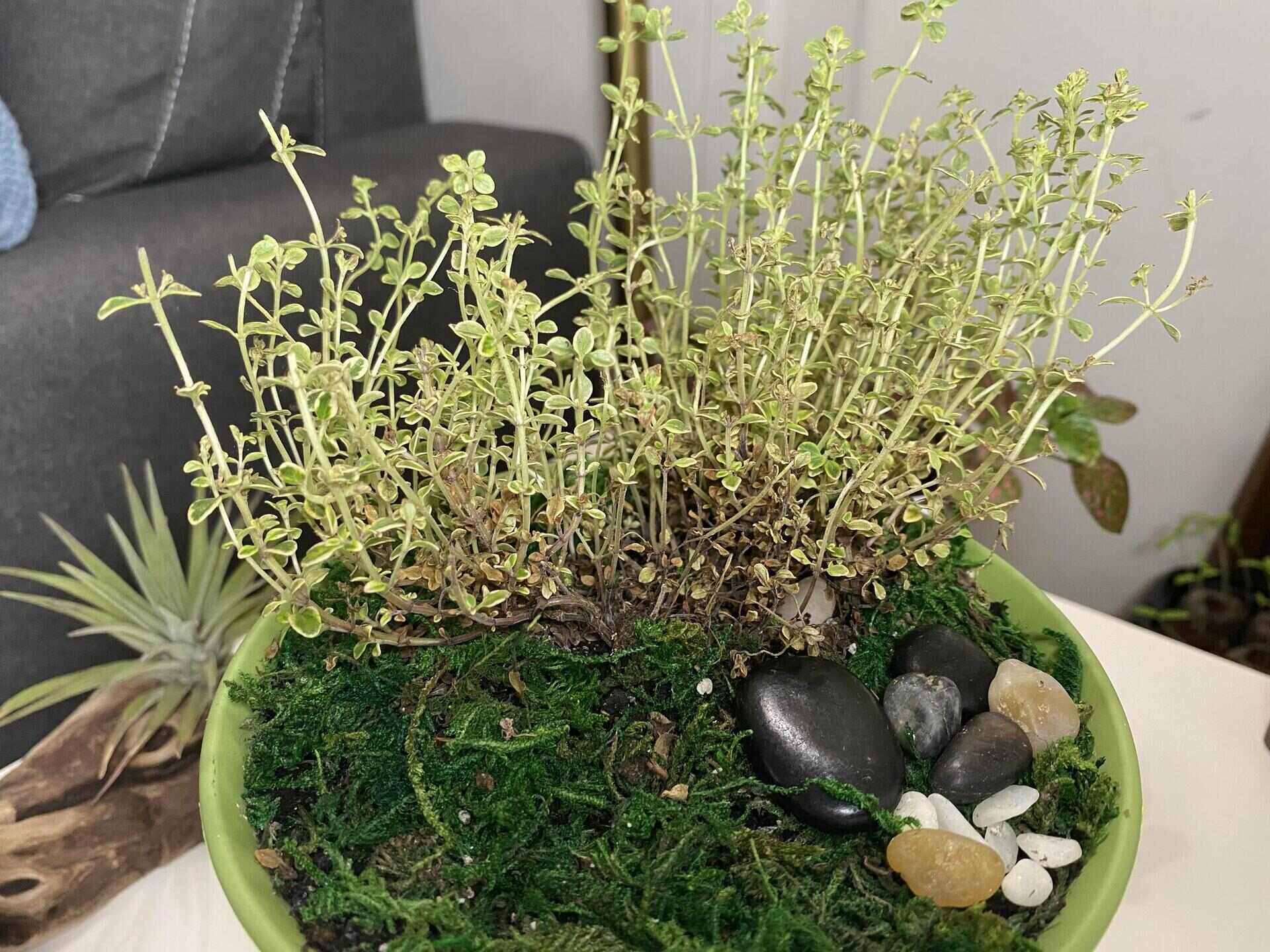

Garden Plants
Why Is My Thyme Dying
Modified: May 6, 2024
Discover why your thyme plants are dying and learn important tips to revive them. Keep your plants healthy and thriving with expert advice on plant care.
(Many of the links in this article redirect to a specific reviewed product. Your purchase of these products through affiliate links helps to generate commission for Storables.com, at no extra cost. Learn more)
Introduction
Thyme is a versatile and aromatic herb that adds depth and flavor to a variety of dishes. Its delicate leaves and small, colorful flowers make it a popular choice for home gardeners. However, despite its resilient nature, thyme plants can sometimes exhibit signs of decline and may even start to wither away. If you’re wondering why your thyme is dying, there are several common causes to consider.
Lack of Water: Thyme plants thrive in well-drained soil but still require regular watering. If you’re not providing enough water, the plant can become dehydrated and start to wilt. It’s important to monitor the moisture level of the soil and adjust your watering routine accordingly.
Overwatering: On the other hand, overwatering can be just as harmful to thyme plants. Excessive moisture can lead to root rot and suffocate the roots, causing them to decay. This can result in the plant losing its vigor and eventually dying.
Poor Drainage: Thyme plants prefer soil that drains well. If the soil retains too much water, it can lead to root rot and other fungal problems. Ensuring proper drainage is essential for the overall health and survival of your thyme plant.
Insufficient Sunlight: Thyme is a sun-loving herb and requires ample sunlight to thrive. If your thyme plant isn’t getting enough sunlight, it may start to deteriorate. Make sure to place your thyme in a location where it receives at least 6-8 hours of direct sunlight each day.
Soil Issues: The quality and composition of the soil can greatly affect the health of your thyme plant. Thyme prefers slightly alkaline soil with good organic matter. If the soil pH is too low or high, or if it lacks essential nutrients, it can weaken the plant and make it more vulnerable to diseases.
Pests and Diseases: Thyme plants are generally not prone to many pests and diseases, but they can still be affected by certain issues. Common pests that can attack thyme include aphids, spider mites, and thrips. Fungal diseases like powdery mildew and root rot can also damage the plant if left untreated.
Now that we’ve explored the common causes of thyme dying, let’s delve into how you can revive a struggling thyme plant and prevent it from withering away completely.
Key Takeaways:
- Thyme plants can wither due to lack of water, overwatering, poor drainage, insufficient sunlight, soil issues, and pests. Revive them by adjusting watering, improving drainage, and addressing root rot.
- Prevent thyme from dying by implementing proper watering, ensuring good drainage, choosing a sunny location, maintaining soil health, and preventing pests and diseases. Regular care will keep your thyme thriving.
Read more: Why Are My Hanging Baskets Dying?
Common Causes of Thyme Dying
Thyme plants are generally low-maintenance, but they can still face challenges that lead to their decline and eventual death. Understanding these common causes can help you identify the issue and take appropriate measures to revive your struggling thyme plant.
Lack of Water
Thyme plants require regular watering to thrive. If your thyme is not receiving enough water, it can become dehydrated and start to wilt. The leaves may turn yellow or brown, and the plant may become dry and brittle. To prevent this, it’s crucial to monitor the moisture level of the soil and water your thyme plant accordingly. A general rule of thumb is to water when the top inch of soil feels dry.
Overwatering
While thyme plants do require adequate water, overwatering can be detrimental to their health. Excessive moisture can lead to root rot, a condition where the roots become soggy and start to decay. This can cause the plant to wilt, and the leaves may turn dark or yellow. To avoid overwatering, make sure the soil has good drainage and never allow the plant to sit in standing water.
Poor Drainage
Thyme plants prefer well-drained soil that allows excess water to flow away. If the soil retains too much water, it can lead to waterlogged roots and root rot. Poor drainage can also result in stagnant water, attracting pests and promoting fungal diseases. To improve drainage, add organic matter or perlite to the soil to create air pockets and ensure that any excess water can easily escape.
Read more: Why Did My Grass Die
Insufficient Sunlight
Thyme plants are sun-loving herbs and require ample sunlight to grow and thrive. If your thyme is not getting enough sunlight, it can weaken the plant and make it more susceptible to diseases and pests. Inadequate sunlight can also lead to poor growth and a lack of essential oils, which give thyme its flavor and fragrance. Ensure that your thyme plant receives at least 6-8 hours of direct sunlight each day by placing it in a sunny location or near a well-lit window.
Soil Issues
The quality and composition of the soil play a vital role in the overall health of thyme plants. Thyme prefers slightly alkaline soil with good organic matter. If the soil pH is too low or high, it can hinder nutrient absorption and weaken the plant. Additionally, nutrient deficiencies or imbalances can affect the growth and vitality of the plant. Test the soil pH and nutrient levels, and amend the soil accordingly to create a favorable environment for your thyme plant.
Pests and Diseases
While thyme plants are relatively resistant to pests and diseases, certain issues can still arise. Common pests that can infest thyme include aphids, spider mites, and thrips. These tiny insects can cause damage by sucking sap from the leaves and spreading diseases. Thyme can also be susceptible to fungal diseases such as powdery mildew and root rot. Regularly inspect your plants, especially the undersides of leaves, and take appropriate measures to control pests and treat any diseases.
By understanding these common causes of thyme dying, you can diagnose the issue and take necessary steps to save and revive your struggling thyme plant. In the next section, we will discuss how to revive a dying thyme plant and prevent it from further decline.
How to Revive a Dying Thyme Plant
If you’ve noticed that your thyme plant is struggling and showing signs of decline, don’t fret. There are several steps you can take to revive your dying thyme and bring it back to health. Here are some tips to help you with the revival process:
Read more: Why Is My Grass Dying In Winter
Check for Root Rot
Start by examining the roots of your thyme plant. Gently remove the plant from the pot or dig around the roots if it’s planted in the ground. Look for any signs of root rot, such as dark, mushy, or foul-smelling roots. If you identify root rot, you’ll need to trim away the affected roots and replant the thyme in fresh, well-draining soil.
Adjust Watering Routine
If your thyme plant is suffering from dehydration or overwatering, it’s crucial to adjust your watering routine. Ensure that the plant receives sufficient water but avoid overwatering. Allow the top inch of soil to dry out before watering, and always check the moisture level by inserting your finger into the soil. Adjust the frequency and amount of water based on your thyme’s specific needs and the surrounding environmental conditions.
Improve Drainage
To prevent further root rot and waterlogged soil, improve the drainage around your thyme plant. If it’s potted, ensure the container has drainage holes at the bottom. Add a layer of gravel or small stones at the bottom of the pot to facilitate water drainage. If your thyme is planted in the ground, consider amending the soil by mixing in organic matter or perlite to improve its structure and drainage capabilities.
Provide Adequate Sunlight
Thyme plants require plenty of sunlight to thrive. If your thyme is not getting enough sunlight, consider relocating it to a sunnier spot. Choose a location that receives at least 6-8 hours of direct sunlight each day. Alternatively, if you’re growing your thyme indoors, place it near a south-facing window where it can receive maximum sunlight exposure.
Read more: Why Is My Outdoor Bamboo Dying In The UK
Test and Amend Soil
To ensure that your thyme plant has the ideal soil conditions for growth, test the soil pH and nutrient levels. You can purchase a soil testing kit from your local garden center or use online resources. Thyme prefers slightly alkaline soil with a pH range of around 6.5-7.5. Depending on the soil test results, you may need to amend the soil by adding lime to increase pH or organic matter to improve fertility.
Address Pest and Disease Issues
If pests or diseases are contributing to the decline of your thyme plant, take appropriate measures to address these issues. Regularly inspect the plant for any signs of pests such as aphids, spider mites, or thrips. If detected, you can use natural remedies like neem oil or insecticidal soap to control the insects. For fungal diseases like powdery mildew or root rot, use appropriate fungicides or organic treatments to manage the infections.
By following these steps and providing the necessary care, you have a good chance of reviving your dying thyme plant. However, prevention is always better than cure. Let’s explore some preventive measures to ensure your thyme plant remains healthy and vibrant in the next section.
Preventing Thyme from Dying
To ensure the long-term health and vitality of your thyme plants, it’s essential to take preventive measures. By implementing proper care and maintenance practices, you can prevent your thyme from dying and promote robust growth. Here are some key steps to prevent thyme from dying:
Proper Watering Techniques
Watering is a critical aspect of thyme care. Establish a watering routine that provides adequate moisture without overwatering. Thyme plants prefer slightly dry conditions, so allow the top inch of soil to dry out before watering. When watering, ensure that the water reaches the root zone. Avoid overhead watering, as it can increase the risk of fungal diseases. Instead, water directly at the base of the plant.
Read more: Why Is My Grass Dying Over My Drain Field
Ensuring Good Drainage
Thyme plants thrive in well-drained soil. To ensure good drainage, use pots with drainage holes or amend the soil in garden beds to improve its structure. Adding organic matter, such as compost or coco coir, can enhance soil drainage and aeration. Proper drainage prevents waterlogged soil, which can lead to root rot and other issues.
Choosing the Right Location
Thyme plants require ample sunlight to grow and thrive. When choosing a location, ensure that it receives at least 6-8 hours of direct sunlight each day. Thyme is not very tolerant of shade, so avoid placing it in areas with limited sunlight. Additionally, consider wind exposure, as excessive wind can lead to moisture loss from the leaves and stress the plant.
Soil Preparation and Maintenance
Before planting thyme, prepare the soil by incorporating organic matter and ensuring its pH is within the preferred range of 6.5-7.5. Regularly monitor the soil pH and nutrient levels to maintain optimal conditions. Additionally, periodically replenish the soil with organic matter to improve fertility and promote healthy growth.
Pests and Disease Prevention
Prevention is key when it comes to pests and diseases. Implement measures to prevent common pests like aphids, spider mites, and thrips. Regularly inspect your thyme plants for any signs of infestation and promptly treat with organic remedies or insecticidal soaps if necessary. To minimize the risk of fungal diseases, avoid watering the foliage and provide proper air circulation around the plants.
By following these preventive measures, you can create an environment that promotes the health and longevity of your thyme plants. Remember to regularly monitor your plants for any signs of distress or potential issues and take prompt action to address them. With proper care, your thyme will thrive and bring delightful flavors to your culinary creations for years to come.
Conclusion
Thyme plants are renowned for their aromatic leaves, delicate flowers, and culinary value. However, they can face various challenges that can cause them to wither and eventually die. By understanding the common causes of thyme dying and implementing the necessary steps, you can revive a struggling plant and prevent further decline.
Lack of water or overwatering, poor drainage, insufficient sunlight, soil issues, and pests and diseases are all factors that can contribute to thyme plant mortality. By carefully assessing and addressing these issues, you can significantly improve the chances of restoring your thyme to its former glory.
To revive a dying thyme plant, it is essential to check for root rot, adjust the watering routine, improve drainage, provide adequate sunlight, test and amend the soil, and address any pest or disease issues. These steps will help restore the plant’s health and encourage new growth.
However, prevention is always better than cure. To ensure the long-term health of your thyme plants, it is crucial to establish good watering techniques, ensure proper drainage, choose the right location with sufficient sunlight, prepare and maintain the soil adequately, and take steps to prevent pest and disease infestations.
Regular monitoring and proactive care are key to keeping your thyme plants healthy and vibrant. By providing the right conditions, your thyme plants will continue to thrive and delight you with their wonderful fragrance and culinary uses.
In conclusion, with proper attention and care, you can revive a dying thyme plant and prevent it from further decline. By understanding the causes of thyme dying and implementing appropriate measures, you can enjoy a flourishing and productive thyme garden for years to come.
Now that you've learned how to keep your thyme thriving, why not spruce up your garden's boundaries too? If you're eyeing creative ways to enhance your outdoor space, our article on garden fence ideas offers a plethora of stylish and practical options. Whether you seek privacy, security, or simply a touch of charm, these ideas will surely inspire your next garden project.
Frequently Asked Questions about Why Is My Thyme Dying
Was this page helpful?
At Storables.com, we guarantee accurate and reliable information. Our content, validated by Expert Board Contributors, is crafted following stringent Editorial Policies. We're committed to providing you with well-researched, expert-backed insights for all your informational needs.


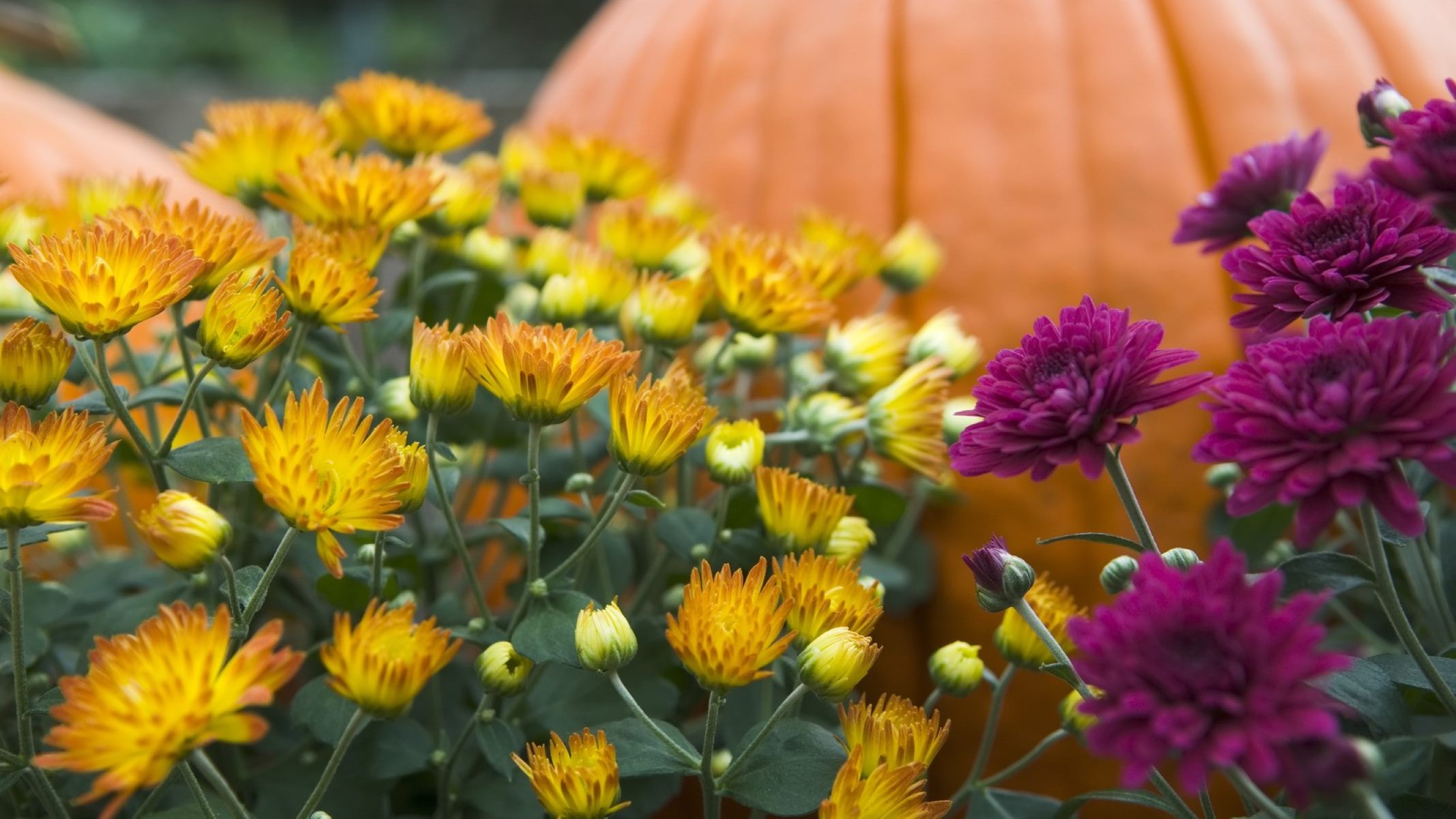
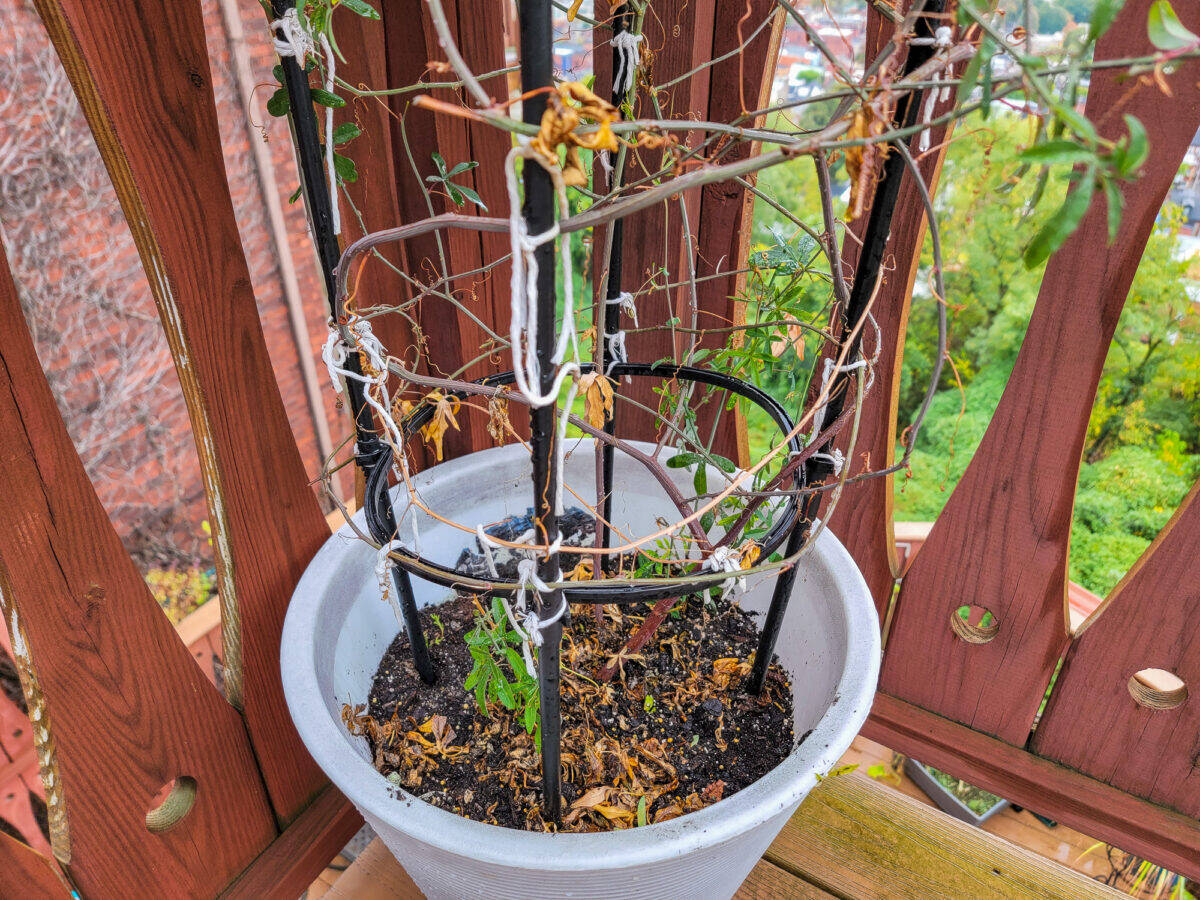

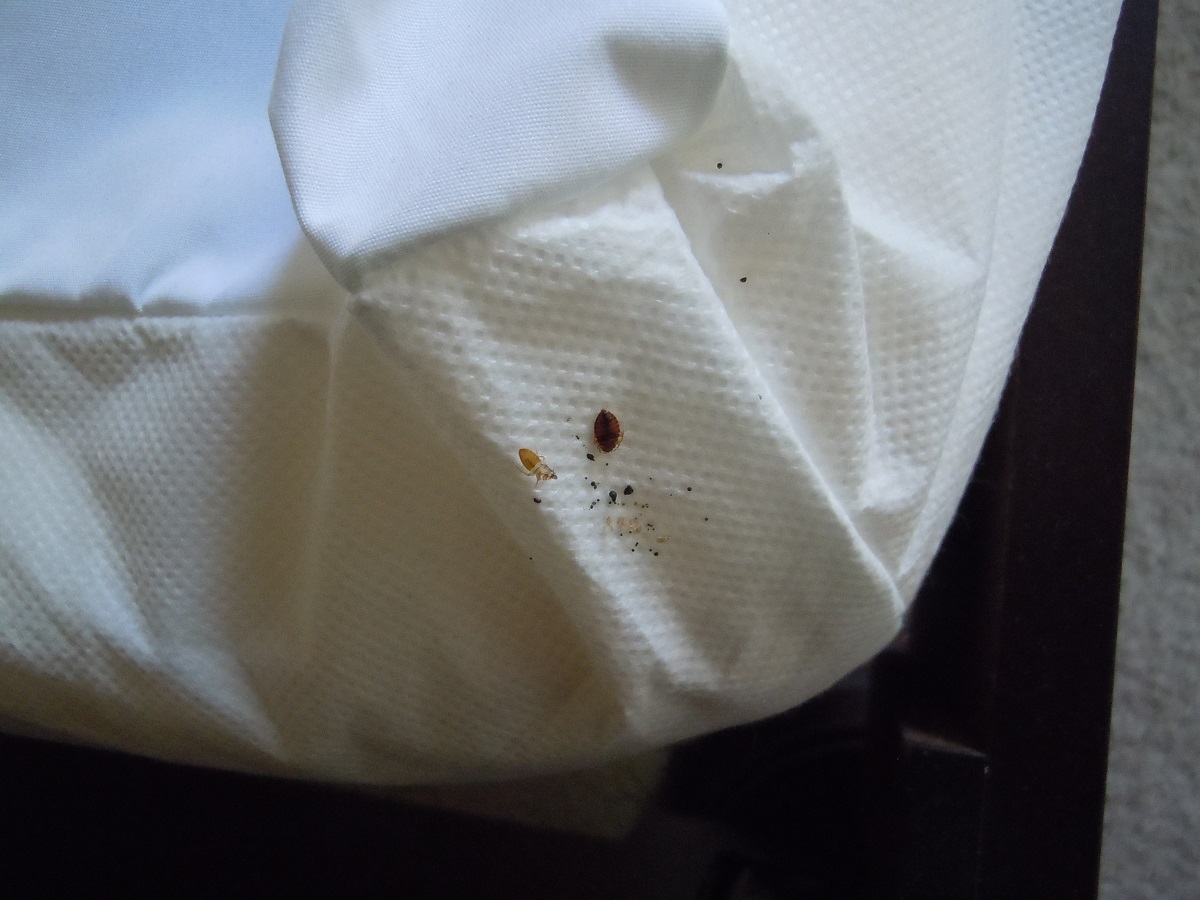


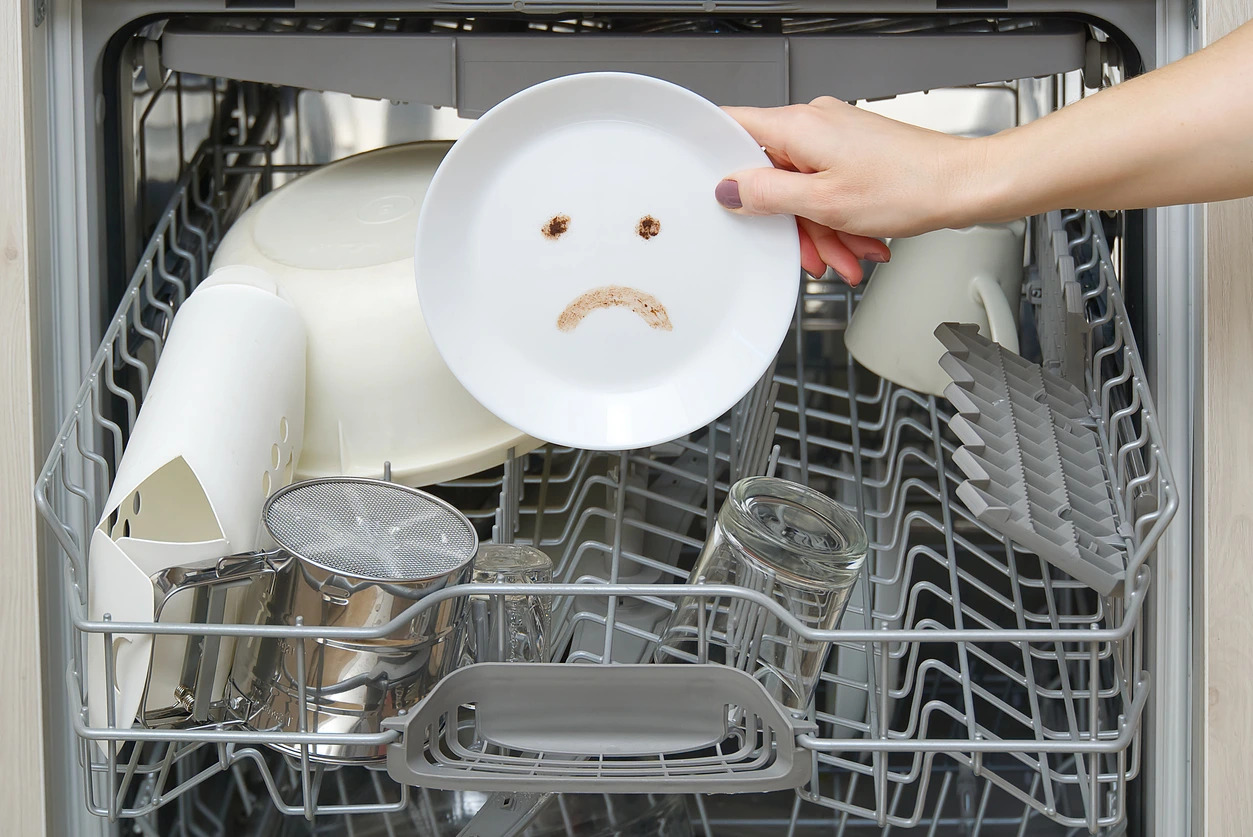
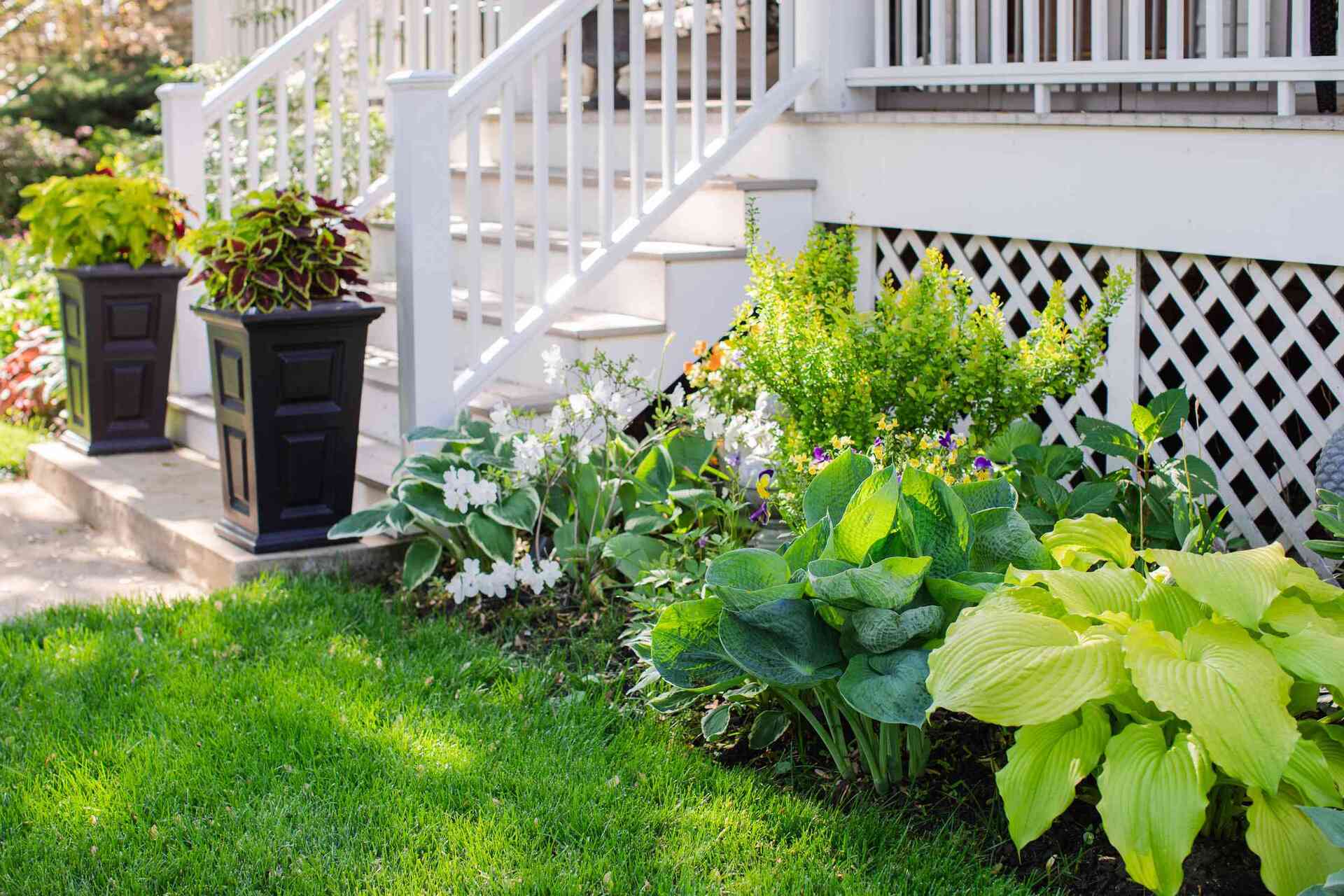

0 thoughts on “Why Is My Thyme Dying”